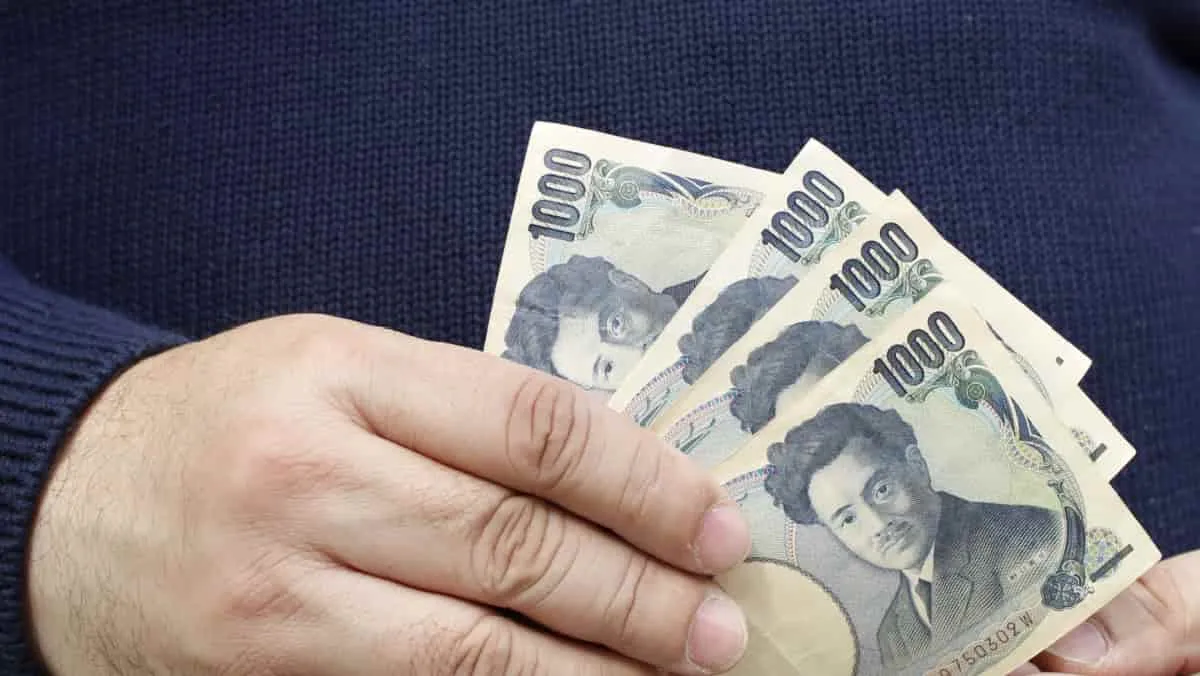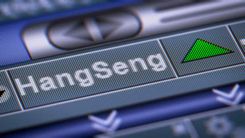Friday Mar 15 2024 14:33

5 min

Major pay increases by leading Japanese companies have significantly boosted the likelihood of the Bank of Japan (BoJ) ending eight years of negative interest rates next week, marking a major shift away from its extensive stimulus programme.
According to a Reuters report on March 15, internal groundwork for a policy shift has been underway since Kazuo Ueda assumed the role of BoJ governor in April last year, with most preparations completed by the year's end.
Recent statements from BoJ officials, including Governor Ueda, have highlighted that the decision to move away from negative interest rates hinges on the results of this year's wage negotiations between workers and their employers.
Calculate your hypothetical required margin for a Forex position, if you had opened it now..
Category

Instrument


Bid
Ask
Account Type
Direction
Quantity
Amount must be equal or higher than
Amount should be less than
Amount should be a multiple of the minimum lots increment
USD
EUR
GBP
CAD
AUD
CHF
ZAR
MXN
JPY
Leverage
Required Margin
Required Margin
Current conversion price:
Past performance is not a reliable indicator of future results.
The annual labour talks resulted an average wage increase of 5.28%, announced by Japan's largest union group on Friday. The increase is the most significant in 33 years and far exceeds private forecasts of a 4.5% hike.
The hike has fueled optimism for a revival in household spending and solidified the likelihood of the BoJ ending its negative interest rate policy during its meeting ending on Tuesday, as per analysts cited by Reuters.
Veteran BoJ watcher Naomi Muguruma, chief bond strategist at Mitsubishi UFJ Morgan Stanley Securities, told the news agency:
"Given the stronger-than-expected wage talk outcome, the BOJ will likely ditch negative rates and yield curve control next week. The BOJ could have waited until April if the wage talk outcome wasn't this strong. But with markets already pricing in the chance of an exit, it would actually be a surprise if the bank forgoes ditching negative rates next week.”
Should the BoJ's board find the conditions favorable, it plans to adopt the overnight call rate as its new benchmark, aiming to maintain it within a 0-0.1% range by offering 0.1% interest on excess reserves held by financial institutions at the central bank.
According to Reuters’ sources, exiting the negative rate policy will also lead the BoJ to abandon its bond yield control strategy and cease purchasing risky assets like exchange-traded funds (ETFs), ending the aggressive monetary policy experiment initiated by former Governor Haruhiko Kuroda in 2013.
A March survey by Reuters previously showed that 35% of economists anticipate the BoJ to end negative interest rates in the upcoming meeting, a rise from 7% the previous month but less than the 62% expecting such a move in the following session on April 25-26.
With the market almost certain of the negative rate policy's end, attention is now turning to any indications from the BoJ regarding future interest rate adjustments.
Governor Ueda has stated that the central bank will sustain supportive monetary conditions post-negative rates and aims to ensure a smooth transition from its current expansive policy in the face of an uncertain economic outlook.
Any future policy directions revealed by the BoJ after halting negative rates are expected to align with these statements, as per Reuters.
Under its previous governor Kuroda, the BoJ launched a large-scale asset-purchasing program in 2013, aiming to stimulate growth and achieve a 2% inflation target within approximately two years. The introduction of negative rates and yield curve control (YCC) in 2016 came as a response to tepid inflation, adjusting the stimulus to be more sustainable.
However, last year's drastic depreciation of the yen, which escalated import costs and sparked criticism over Japan's ultra-low interest rates, prompted the BoJ to modify the YCC, easing its control over long-term rates.
The end of negative short-term rates would mark Japan's first interest rate hike since 2007.
At the time of writing on March 15, the USD to JPY rate saw the greenback gain 0.4% against the Japanese yen, with the pair trading around 148.90 as of 14:00 GMT.
When considering shares, indices, forex (foreign exchange) and commodities for trading and price predictions, remember that trading CFDs involves a significant degree of risk and could result in capital loss.
Past performance is not indicative of any future results. This information is provided for informative purposes only and should not be construed to be investment advice.
Asset List
View Full ListLatest
View all
Wednesday, 23 April 2025

5 min

Wednesday, 23 April 2025

6 min

Wednesday, 23 April 2025

6 min